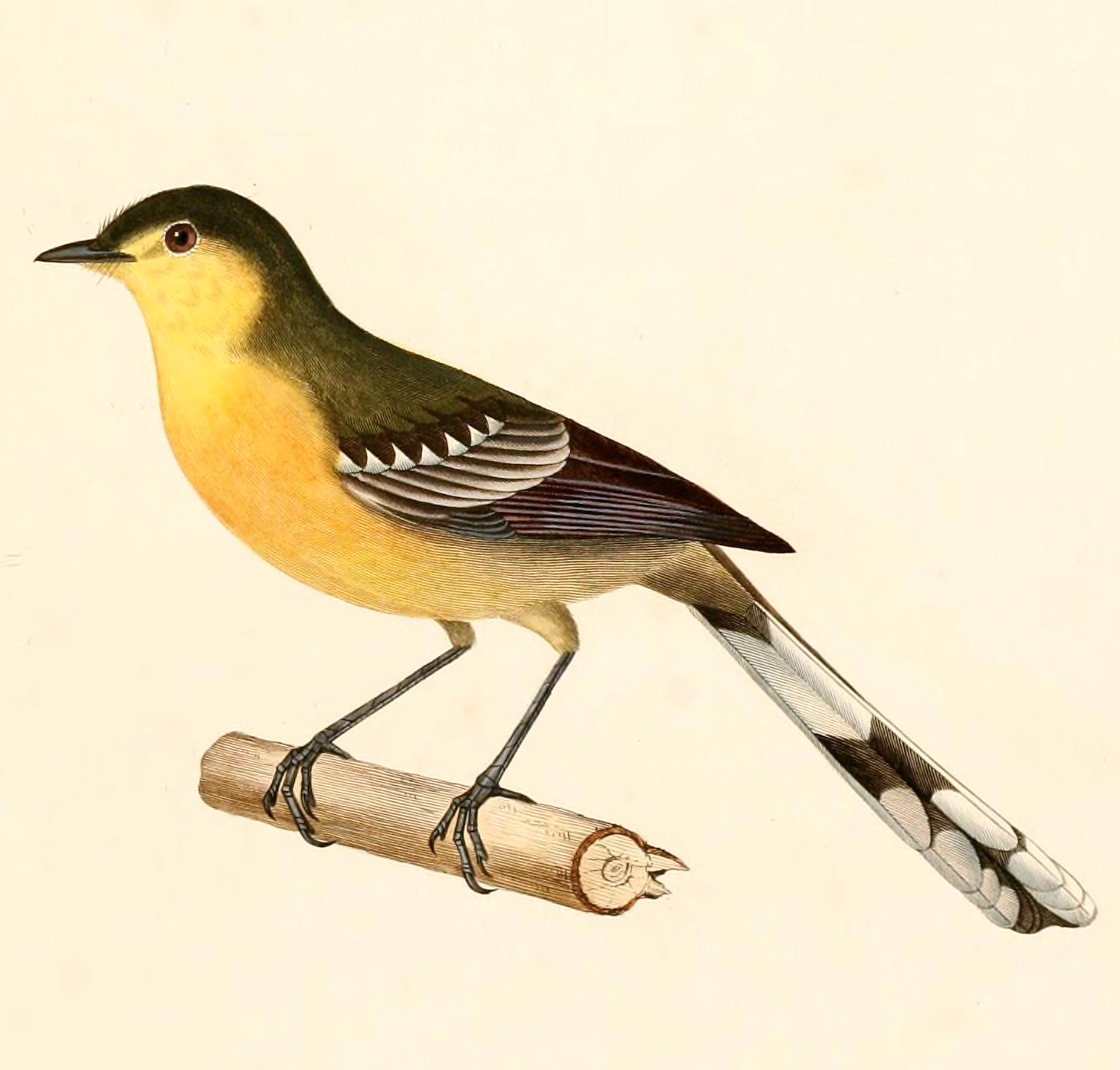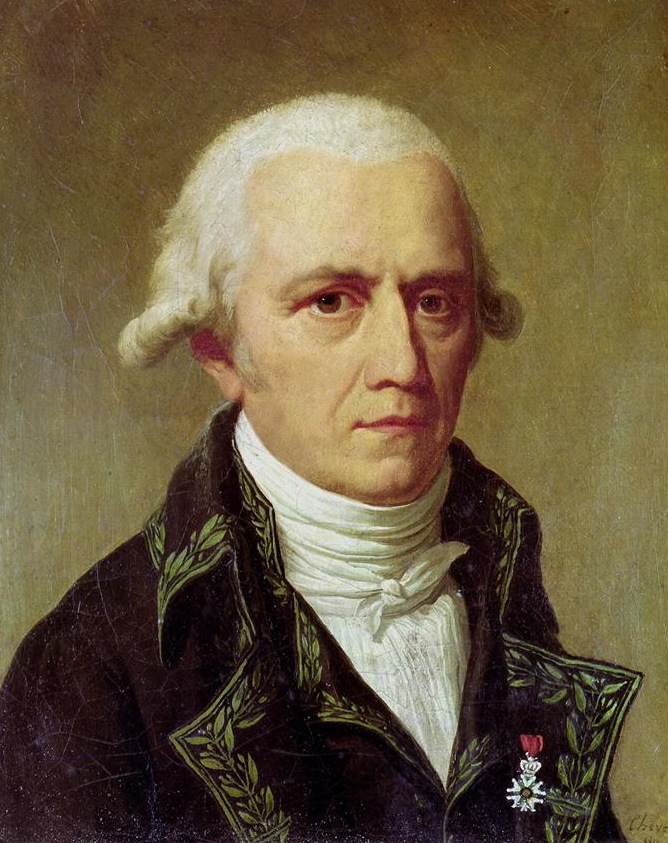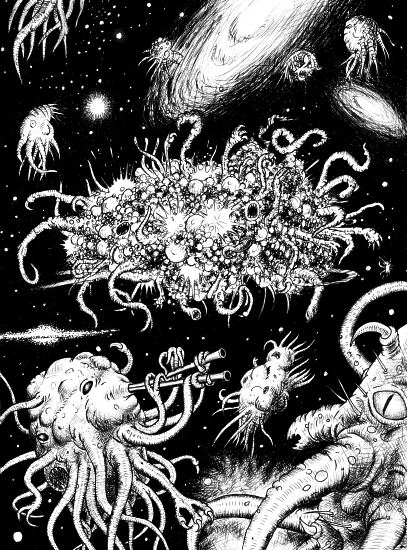“Mordet på Gustav III” is a book by Swedish history professor and
popularizer extraordinaire Dick Harrison. The book tells the story of the murder
of King Gustav III on 16 March 1792 – still regarded as one of the most famous
(or infamous) murder cases in Swedish history. The colorful king was shot by
Jacob Johan Anckarström under dramatic circumstances at a masquerade held at
the Royal Opera House in Stockholm. Gustav III died of his wounds two weeks
later. Harrison doesn´t just tell the story of the assassination, but also
gives the reader much needed context. More problematically, he attacks
“conspiracy theory”, suggesting that neither JFK nor Olof Palme were murdered
as the result of vast conspiracies – and this in a book about, well, vast
conspiracies. Of course, a conspiracy centuries or millennia old is less
dangerous to talk about than modern cases strongly suggestive of the same
thing…
Harrison begins by pointing out that all educated Europeans during the
18th century admired the ancient Greeks and Romans. In some circles,
this included tyrannicide. The murder of Julius Caesar at the hands of Brutus
and other Roman senators was especially well known, debated and (sometimes)
seen as a positive example to follow. The assassinations of French kings Henry
III (in 1589) and Henry IV (in 1610) were also widely talked about during this
period. The opponents of Gustav III often accused him of being a “tyrant” who
had destroyed the so-called Age of Freedom, a period in Swedish history from
1719 to 1772 when most of the effective power was vested in the Parliament,
there was freedom of the press, and two political “parties” (or quasi-parties),
known as the Hats and the Caps, competed for influence. In 1772, Gustav III
carried out a coup (or self-coup) which strengthened royal power. It
was strengthened even more in 1789 with the adoption of the Union and Security
Act. Gustav III could therefore be seen as a “Caesar” and whoever opposed him,
or even killed him, as a brave “Brutus” defending “the republic”.
Gustav was an “enlightened despot” typical of his age, who attempted to
modernize Sweden from above, while increasing his own personal power through
the appointment of “favorites” loyal only to the king who elevated them. This
led Gustav in conflict with many in the nobility, who preferred the parliamentary
model of the Age of Freedom – since it gave more power to the nobles as a class
(the Age of Freedom was hardly “democratic” in the high modern sense). One
aspect I don´t think Harrison emphasizes is that Gustav III could also be seen
as a restorer of Swedish national self-determination, while the noble
politicians during the Age of Freedom were usually on the French or Russian
payroll (literally). That being said, the commoners also had serious complaints
about the king´s rule. The peasantry resented the government monopoly on production
of alcoholic beverages. The Lutheran clergy complained about widespread simony,
and so on. At the Parliament of 1786, Gustav III made concessions to the commoners,
something relatively easy to do, since their complaints were about very
concrete bread-and-butter issues. The nobility, by contrast, could not be
mollified as easily, since their objection to the king was the increasingly “absolutist”
character of his rule, something Gustav obviously had no plans abandoning.
In 1788, Gustav III started a war with Russia without consulting
Parliament, which was supposed to vote on such matters. In response, a group of
anti-war nobles formed the Anjala Leauge and attempted to negotiate an
armistice with the Russians on their own. At the Parliament of 1789, the king could
easily portray himself as a great patriot defending Sweden from its
arch-enemies, while the nobility looked like cowards and traitors. With the
help of the commoners, Gustav III had Parliament pass the previously mentioned
Union and Security Act. Note the
almost exact parallel with the Roman Republic: a dictator (Caesar) backed by
the common people versus patricians demanding more power to a parliament dominated by them (the Senate).
In 1789, the French revolution broke out. However “enlightened” Gustav III may
have been, he opposed revolutions and had advanced plans to lead a military intervention
against the new regime (or regimes) in France. Gustav III was also involved in
the plans to engineer the escape of Louis XVI and Marie Antoinette from the
revolutionary cauldron.
The exact nature of the anti-Gustavian opposition has long baffled me.
Judging by Harrison´s account, it *was* somewhat baffling. Opposition came from
two quarters. First, a “reactionary” camp of nobles who wanted to restore the
Age of Freedom since their class interests were better served by the
parliamentary regime. Second, there were radicals and firebrands who eulogized
the French revolution, admired Rousseau, and so on. The interesting thing is
that young mercurial nobles sometimes combined the two stances. This led to the
strange alliance between “reactionaries” and “revolutionaries” which eventually
ended the king´s life. Note also that the common people, most of whom were
peasants, stayed aloof from these developments. The Swedish peasants were free,
allowed to buy land previously owned by nobles, and had a certain amount of
power in their own village communities. They had sabotaged the king´s
mercantilist attempts to control liquor production, but otherwise seemed to
support him out of patriotic fervor. Thus, the situation in Sweden didn´t
resemble that in France, where both peasants and sans-culottes had rose in violent
rebellions against the ancient régime, often forcing the hand of the “revolutionaries”
themselves.
The attack on the king´s life was the result of two conspiracies,
described in some detail by Harrison. First was the clique around Carl Fredrik
Pechlin, a prominent noble who seemed to have embodied all the worst aspects of
the Age of Freedom, including the rampant corruption and intrigue. Pechlin
himself had often bribed politicians, switched party several times, and so on. Most
other members of his secret group were also “reactionaries”. However, there
were also two radicals. Carl Pontus Liljehorn was a deeply pious Christian and
devotee of the French revolution. Carl Fredrik Ehrensvärd was a fan of
Rousseau, supported the American revolution against Britain, and is described
by the author as a typical “romantic revolutionary”. Both Liljehorn and
Ehrensvärd were nobles. The second clique, who eventually took the lead in
actually killing Gustav III, regrouped Anckarström, Claes Fredrik Horn and
Adolph Ludvig Ribbing. Interestingly, Harrison describes all three as “reactionaries”
(thus, Anckarström was no Jacobin as some people imagine). Above all, they had
personal grudges against the king or the system. Anckarström had been arrested by the proper authorities while visiting Gotland in the Baltic Sea and talking
too openly about his opposition to the royal power. He also deeply resented
certain actions by Gustav III which would have made Anckarström´s trade
(money-lending) less lucrative.
The aftermath to the murder is just as peculiar as the alliances leading
up to it. Only Anckarström – who had carried out the actual shooting at the
masquerade - was executed. The death sentences against Horn, Ribbing,
Liljehorn and Ehrensvärd were commuted to perpetual exile. Many other
conspirators got commuted sentences, lenient sentences already from the start,
or were acquitted. Of the 40 people arrested in the aftermath of the murder, 20
were released without trial. Liljehorn´s fate is curious, since he had turned
informer at the last moment and attempted to warn the king. Yet, he was shunned
by the post-Gustav regime and sent into exile together with the unrepentant
conspirators. The police chief responsible for the investigation into the
murder and the conspiracy, Nils Henric Liljensparre, was ordered to stop
further inquiries, and then sent out of Stockholm. In effect, he was demoted. Pechlin,
who steadfastly refused to confess, was imprisoned but promised a swift release
if he did start talking. In the end he didn´t. Pechlin died in prison four
years later.
The man responsible for this surprisingly lenient treatment of the
conspiracies against King Gustav III was none other than Duke Karl, the king´s
own brother and regent of Sweden after Gustav´s death. (17 years later, the
duke would become king himself under the name Karl XIII, but without much
effective power.) This obviously raises the question whether Karl was involved
in the conspiracy? Harrison believes that Karl rather acted pragmatically. Sweden
was a small nation where the noble families all knew each other. A wide-ranging
investigation into the circumstances of the king´s death would uncover too many
uncomfortable facts and threaten stability. Many nobles had opposed the king!
So Duke Karl decided to end the whole matter as quickly as possible. Also, the
two brothers never liked each other. Karl resented the power of Gustav´s
favorites. He rather wanted to base his power on the traditional noble families
– and hence had an interest in not persecuting their wilder members too much. Of
course, it is difficult *not* to see this as a conspiracy! A comparison to the 1986
murder of Swedish Prime Minister Olof Palme is in order here. The more sophisticated
conspiracy theorists don´t claim that the government or the police were
involved in the murder, rather the claim is that they hindered a real
investigation fearing that too many awkward facts would surface about
everything from Swedish NATO collusion to Operation Stay Behind. Sounds a bit
like Duke Karl…
The subsequent fate of some of the regicides is interesting. Liljehorn
was shunned by both his fellow conspirators and the new regime, changed his
name and settled in Germany as a school teacher. Ribbing carried out a virtual
odyssey around Europe, periodically lived in France, and was at one point the
lover of Madame De Staël. He was rumored to have participated in the 1830 July
Revolution. Ehrensvärd went to Denmark, became a prominent liberal and supported
the Danish king Frederick VI (who originally had pursued a liberal course).
When Norway briefly became independent in 1814, Ehrensvärd traveled there and
was involved in the drafting of the Norwegian Constitution, at the time
considered to be the most liberal or democratic in the world. Are we to believe
Harrison, it was Ehrensvärd who proposed that Norway should celebrate May 17,
the date when the Constitution was adopted. Today, 17 May is the national
holiday of Norway and plays an important cultural role in that country.
The subsequent fate of Sweden is also interesting. The nobility wanted a
return to the Age of Freedom. Despite the regency being in the hands of an
anti-Gustavian, Gustav III´s son Gustav IV Adolf eventually became the new king
of Sweden. His reign proved even more despotic than that of Gustav III...
Such is the irony of history. And, perhaps, of conspiracy.

.jpg)





.jpg)








_1.jpg)













